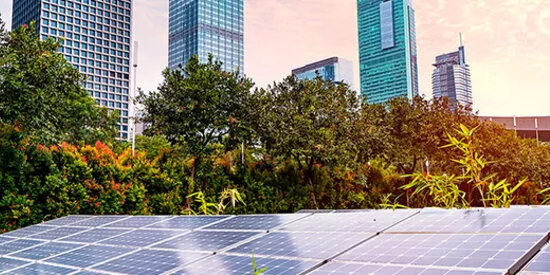
Adapting the inflationary environment – Why investors should seek out inflation hedges
From virtually zero at the start of the coronavirus pandemic in spring 2020, to 5% a year later (May 2021), and a 40-year high of 8.6% in May, US consumer price inflation has blown through estimates, expectations and economists’ narratives. And America’s experience is being repeated across much of the rest of the world, including Asia Pacific. How can investors protect themselves in what has become – rather rapidly – a much more volatile and uncertain environment?
The first step is to come to an honest understanding of what is going on. The idea that inflation is merely transitory, driven by pent-up spending as people emerge from lockdowns, can be put to rest. Nor can higher prices be simply pinned on supply-chain problems or even geopolitical risks. Granted, both are having large short-term effects, from computer chips to grain and energy. But even when all this disruption is behind us, few forecasters expect price increases to subside to the sub-2% levels of recent years.
The reality is that several decades of low inflation or even disinflation (and in some countries like Japan, outright deflation) are very likely coming to an end. This is a big, long-term shift and for many investors it means leaving the only macro-economic paradigm they have ever known. This shift is being driven by a number of factors but can be pretty accurately summed up under two headings: deglobalisation and environmental, social and governance (ESG).
The US-China dispute over trade and technology, recent volatile epidemic situations, and rising geopolitical tensions in other parts of the globe are leading companies to reassess their supply chains. In many cases, they are bringing production back onshore and finding alternative, often more local suppliers. This may make a lot of sense politically and in terms of security; but it comes at an economic cost that will, inevitably, have to be reflected in higher prices for finished goods.
Similarly, the laudable, indeed critical, drives to combat climate change and improve social stewardship and corporate governance carry a penalty. Many environmentally and socially responsible products and services are simply more expensive than their alternatives and while industry will have to deal with “greenflation” as prices of rare earth metals, lithium and copper soar, consumers will have to get used to paying a “greenium” for many more goods1.
The proof that this is already happening is the sharp rise in inflation expectations across much of the world, with those in the US more than doubling to 2.7% in the past two years2. Central banks, including many in Asia, are trying furiously to get back “ahead of the curve” by tightening monetary policy. But once inflation becomes embedded in wage settlements and property prices, as appears to be the case, it grows very sticky. We need to switch from ‘growth at all costs’ to more equitable growth and prioritise sustainability - but we should be aware that this has unintended consequences and will likely necessitate mitigating policy measures.
How to guard against these consequences is precisely what investors are wrestling with at present. For many years now, fixed income assets were a core part of most portfolios because they offered some income (or “carry”) at the same time as a negative correlation to equities and some protection from tail risks like a sudden price correction. However, the value of bonds is rapidly undermined by inflation and replicating their defensive characteristics requires investors to go beyond traditional asset classes.
For almost all institutional investors, this will mean using derivatives to put in place systematic overlays that can protect their underlying assets. For some it includes branching out into commodities, real estate or private credit. Alternatively, custom indices can be designed as inflation-proxy, by taking an exposure to highly liquid stocks most exposed to rising commodity prices and rising consumer spending. On top of that, a second “call replication” index can be set up to adjust the risk profile of that custom index.
All investors should be investigating such structures at this juncture. For the majority, staying in liquid assets and just buying some insurance via futures and options may be enough. Others may want a high degree of customisation, including setting signals to alert them to market movements or a further uptick in inflation – and sentiment indices have been developed for that very purpose. Each investor must find the approach that fits best for them. But with inflation looking more persistent than transitory, inaction is no longer an option.
1 https://www.ft.com/partnercontent/societe-generale/greenflation-the-costs-of-the-energy-transition-start-to-hit-home.html
2 https://fred.stlouisfed.org/series/T5YIFR





